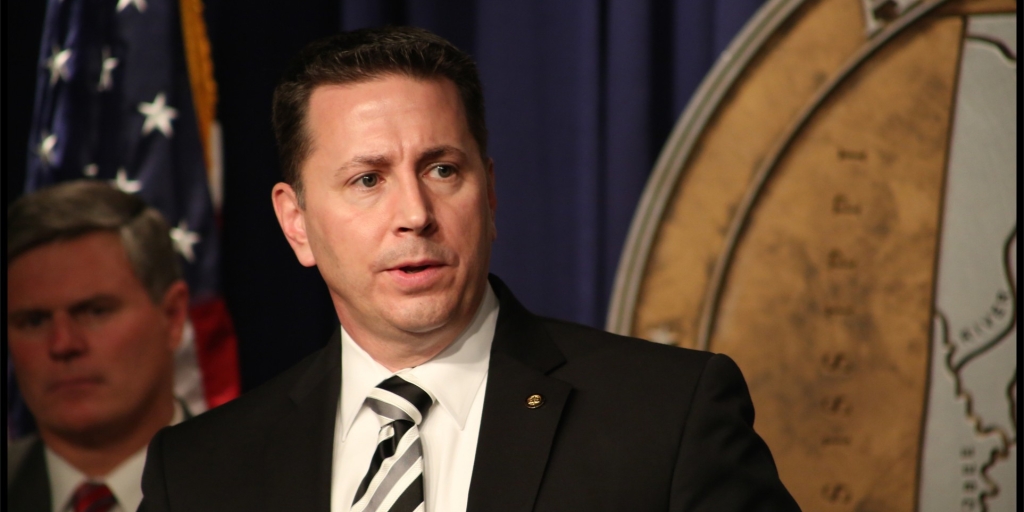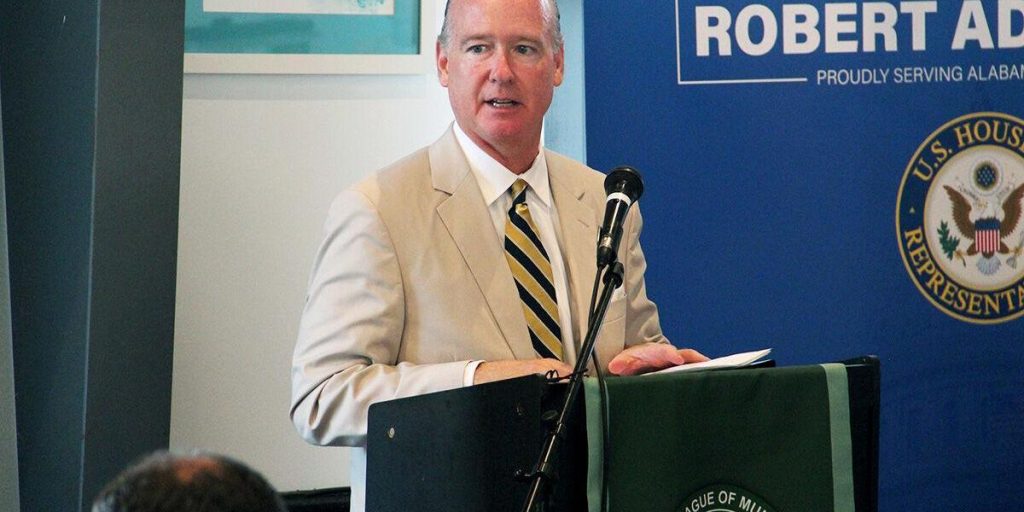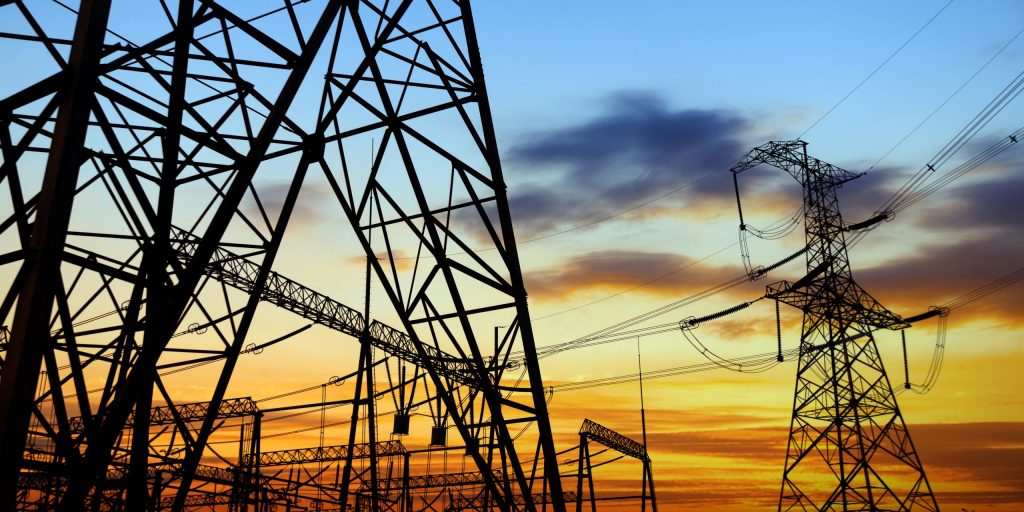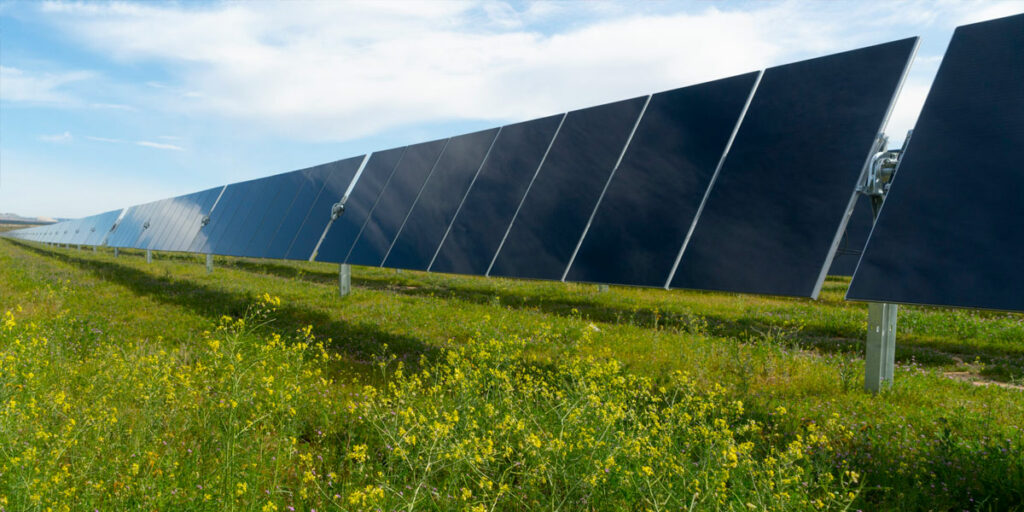
MONTGOMERY, Ala. — A new study from Utah-based public policy research organization Strata shows that Alabama might have dodged a significant fiscal bullet by effectively driving out a 2,000 acre wind farm in North Alabama.
The study found the “true cost” of wind produced energy to be much higher than is claimed by proponents of the green alternative—as much as 48 percent higher.
Did Alabama dodge a bullet?
In the 2014 Alabama Legislative Session a bill was proposed by Sen. Phil Williams (R-Rainbow City) that would have held renewable energy developers to the same standards as traditional energy providers. Though the bill ultimately died late in the session, it sparked local legislation in many areas of the state holding wind turbine companies accountable, even causing an Obama-linked company to halt its plans to build a huge wind farm in Cherokee and Etowah Counties.
Related: Is this kindergartener Alabama’s most effective political activist?
The true cost of wind power, Strata explains, is “what consumers and society as a whole pay both to purchase wind-generated electricity and also to subsidize the wind energy industry through taxes and government debt. The true cost includes both traditional cost accounting and the seen and unseen costs of policies that seek to artificially bolster renewable energy development and production. When examined more closely, many claims about wind energy are found to be indefensible.”
Wind power has been the fastest growing form of energy in recent years, representing 43 percent of all new electricity-generating capacity in 2012—but not without significant help from the federal government.
Subsidies
In fiscal year 2010 42 percent of direct federal subsidies for energy, more than any other type of electricity generation, despite this producing only 2 percent of the nation’s total electricity.
The role of subsidies in wind farms is so large that billionaire investor Warren Buffett has said, “[w]e get a tax credit if we build a lot of wind farms. That’s the only reason to build them. They don’t make sense without the tax credit.”
Data collected by the U.S. Energy Information Administration show that federal wind energy subsidies have grown by an average of 32 percent each year since 2000, and in 2010 the federal government spent nearly $5 billion on subsidies for wind energy.
“Federal policies… enable producers to sell wind power at prices well below what
the market would otherwise dictate,” the Strata study discovered. “Even with these incentives in place, wind has been slow to take hold as a viable energy source. By 2013 it accounted only for 4 percent of annual energy consumption. 22 If these policies did not exist at all, wind power would be economically unsustainable—it would be prohibitively expensive to construct wind energy facilities and too expensive for consumers to use the resulting electricity.”
Opportunity costs
Another hidden cost of the United States’ wind energy policy, according to the study, is the “opportunity cost” of the billions spend in subsidies. That taxpayer money could have been used for any number of initiatives with higher value propositions: education, paying down the national debt, or healthcare reform.
“In a free energy market, consumers would be free to make decisions about
energy consumption based on preferences about price, environmental impact, and other factors such as reliability,” the study states.
“Through such policies, U.S. policymakers have essentially decided that electricity consumers will have wind power, even if it is more expensive,” Strata concludes. “The cost of this decision has fallen to U.S. taxpayers and consumers of electricity. When weighing the costs and benefits of wind power, not including all of the hidden costs makes wind power appear to be a more attractive option than it actually is. Energy policy decisions, however, should be based on a more complete estimate of the cost of wind energy.”
Like this article? Hate it? Follow me and let me know how you feel on Twitter!
— Elizabeth BeShears (@LizEBeesh) January 21, 2015












